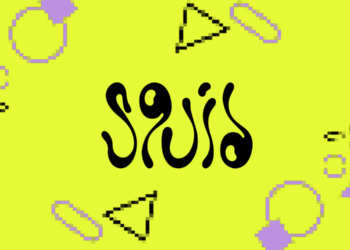Creating realistic content in virtual reality is not an easy task by any means. As a result, developers and engineers have to use some clever tricks. Some companies use a method known as “anaglyph”. This technique displays 3D stereoscopic images by alternating between the left eye image and right eye image rather quickly. It is a very common technique among content creators, especially in 3D modeling and virtual reality.
Anaglyph is a Powerful Trick for VR Content
It is interesting to think about different ways used to project 3D objects in a virtual space. Anaglyph rendering is a powerful method in this regard, as it yields quite convincing results. Taking the left and right eye images and alternating between them rapidly creates some sense of depth. Despite what some people may think, getting the depth perspective right in virtual reality is much harder than one would anticipate.
By using the anaglyph method, we effectively create two differently filtered colored images, one for each eye. By incorporating anaglyph-capable technology in a VR headset, one can effectively create depth perception of virtual objects, This is made possible thanks to the human brain’s visual cortex. The cortex fuses these two separate images into the perception of one composition.
This technique can be quite useful when developing video games, movies, and virtual scenes. Depth perception will help create a more immersive environment, which is exactly what VR needs right now. One downside to this technology is how anaglyph rendering may not result in bright and accurate color rendering. That can be a bit of a problem when dealing with VR content.
For the time being, anaglyph rendering has not made much of an impact on virtual reality just yet. That situation will come to change over the coming years, though. Merging anaglyph 3D rendering with existing VR technology will be quite an interesting industry to keep an eye on. It is evident a lot of advancements will be made in the virtual reality sector moving forward.
If you liked this article make sure to follow us on twitter @thevrbase and subscribe to our newsletter to stay up to date with the latest VR trends and news.











